Non-Phosgene Polycarbonate from CO2- Industrialization of Green Chemical Process
All polycarbonate (PC) in the world have been produced using CO as a starting material until the a process was industrialized in 2002; among them, more than about 90% of polycarbonate (PC) have been produced by the so-called phosgene process. The phosgene process must use not only highly toxic and corrosive phosgene (COCl2) made from CO and Cl2, but also large quantities of solvents, water and methylene chloride which is suspected to be a carcinogen. Furthermore, the phosgene process must execute the disposal treatment of large quantities of wastewater to remove the contaminated organic materials before discharge from the factory. The Asahi Kasei Non-Phosgene Polycarbonate Process enables high-yield production of the two products, high-quality polycarbonate (PC) having excellent properties and high-purity monoethylene glycol (MEG), starting from ethylene oxide (EO), CO2 and bisphenol-A, without waste and wastewater.
{{comment.content}}


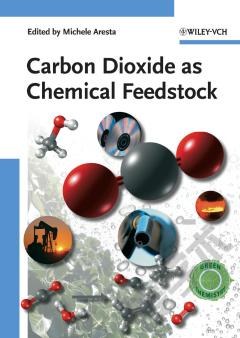
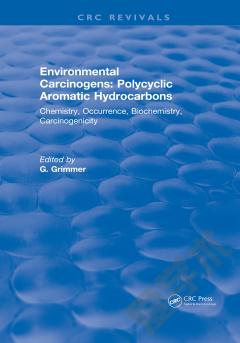
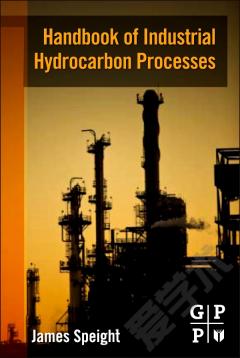
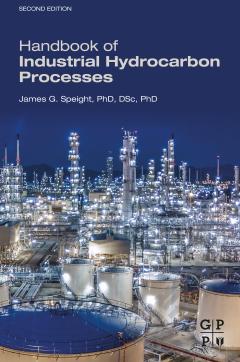
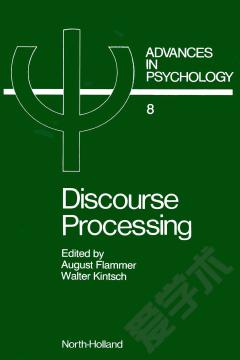

 京公网安备 11010802027623号
京公网安备 11010802027623号